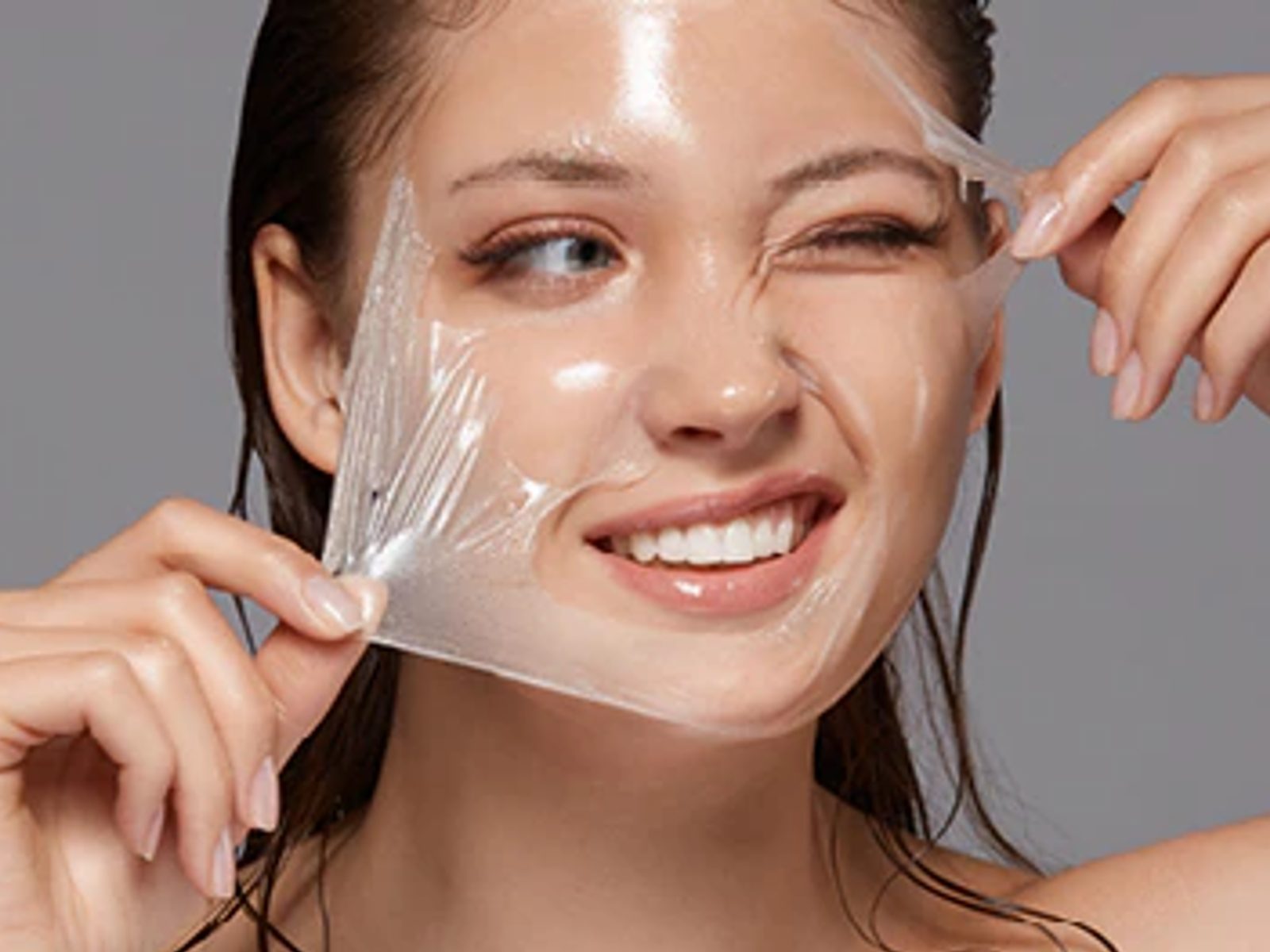Chemical peels are a type of skin treatment that uses a chemical solution to remove the top layer of skin. The solution is applied to the skin and then peeled off, resulting in smoother, more youthful-looking skin. There are many different chemical peels available, each with its own benefits.
Types of Chemical Peels
Chemical peels are a popular type of skin treatment that uses a chemical exfoliant to remove the outer layer of the skin. They can be used to improve the appearance of wrinkles, age spots, and other skin conditions. There are two main types of chemical peels: dry and wet. If you're looking to get a chemical peel after botox treatment for looking youthful and getting healthy skin you may visit https://belvisomedicalspa.com/skin-rejuvenation/.

Image Source: Google
Dry peels use a higher concentration of chemicals than wet peels and typically result in a faster peel. They are also more painful, so they are not recommended for people with sensitive skin or who are prone to pain. Wet peels use lower concentrations of chemicals and generally take longer to result in a peel.
Before and After Pictures of Chemical Peels
They can be used to treat a variety of skin problems, including wrinkles, acne, and scarring. Before and after pictures of chemical peels can help you decide if this type of treatment is right for you.
Below are before and after pictures of two different types of chemical peels: the glycolic peel and the trichloroacetic acid peel.
The glycolic peel uses a glycolic acid gel to remove the top layer of the skin. In the before picture, you can see that the patient has some noticeable wrinkles around her eyes and mouth. After the glycolic peel, these wrinkles are gone and her skin looks more even-toned.
The trichloroacetic acid peel uses a trichloroacetic acid solution to remove the top layer of the skin. In the before picture, you can see that the patient has some large scars on her face. After the trichloroacetic acid peel, these scars faded and her skin looks smoother.
